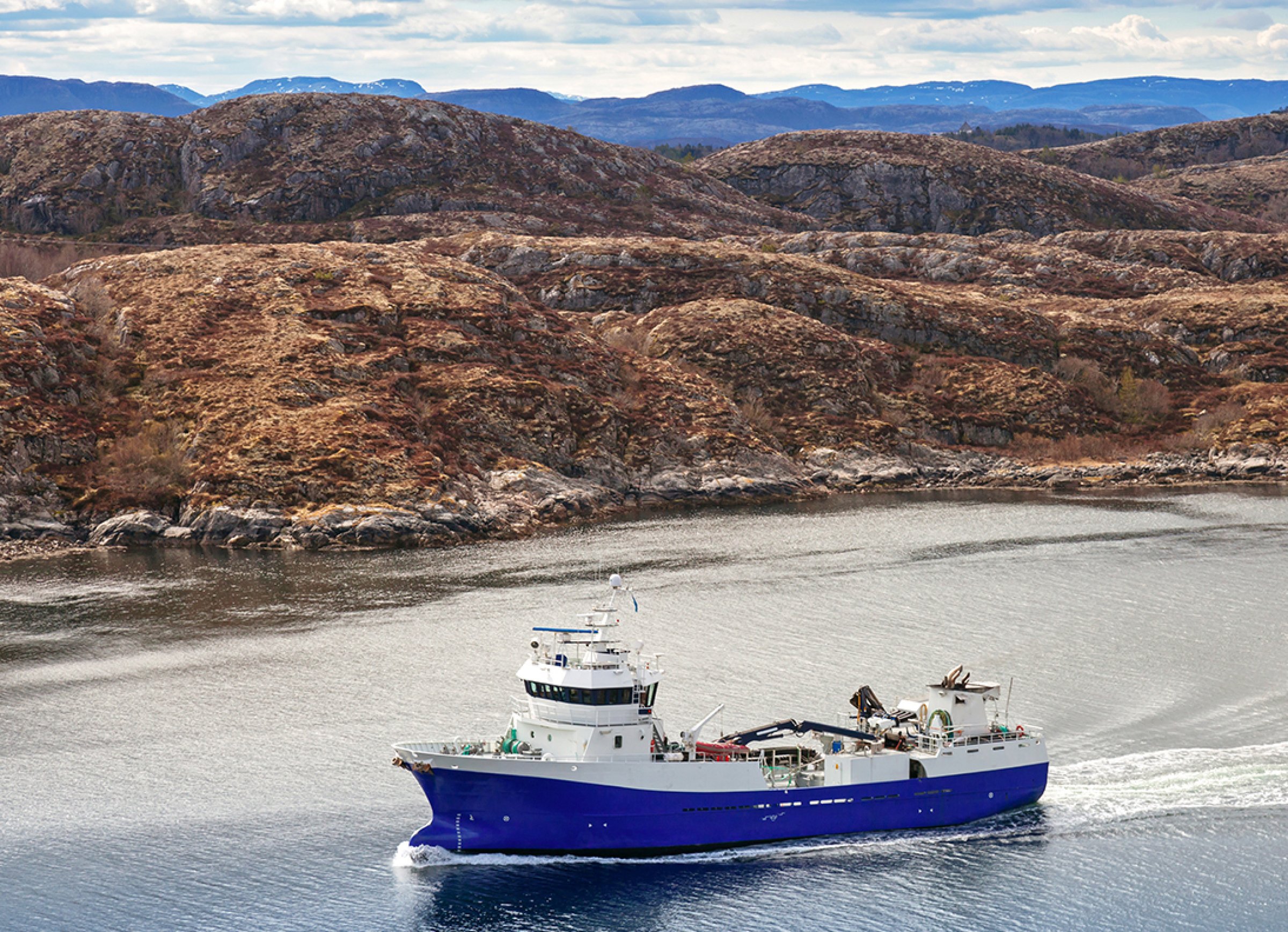Chile is represented by Sernapesca, Norway is represented by the Norwegian Veterinary Institute and the Norwegian Food Safety Authority.
Aquacultured fish is transported extensively in Norway and Chile.
Smolts are produced at freshwater sites and transferred to marine sea sites. As they grow, they are often moved to new cages within the same site, and sometimes to new sea-sites. At the end of the production period, they are finally transported alive, to slaughterhouses, with the exception of some specialized processing boats that kill the fish on-site and transport them in closed tanks to land for evisceration, fileting and sorting.
Transport - a key risk factor
Transport of fish has been recognized as one key disease emergence risk factor in salmon farming. The transport of live aquaculture animals by wellboats is considered to play a significant role in spreading diseases in Norway, particularly between regions. It is commonly believed that the bacterial disease Furunculosis and the viral disease Infectious salmon anaemia (ISA) were spread by wellboats in Norway in the late 80s. Also, it has been suggested that the suspected introduction of SAV2 from Scotland, and its further spread in Norway, is due to transport of fish between sea sites.
Reduced risk with new technology
Wellboat technology is at a much higher level today than at the beginning of the industry. That has reduced the risk of transmitting diseases, but still, transport is a challenge both for fish health and fish welfare.
Status of fish health in Chile was presented by Osvaldo Sandoval del Valle, Regional Chief of Aquaculture in Los Lagos region for Sernapesca.
Status of fish health in Norway was presented by Brit Hjeltnes, Deputy Director for fish health, Norwegian Veterinary Institute
Different challenges
The two countries have different challenges, but for both countries, fish health is of major importance for the economy of the industry, for food safety and fish welfare.
There has been an enormous development in the wellboats since the start of salmon farming in the early seventies and today. From old, rebuilt fishing vessels to highly specialized boats.
Both Norway and Chile have strict regulations and control of the transport of fish both focusing on fish health and fish welfare.
Transport has been identified as a key disease emergence risk factor, but there has been limited research on the topic, especially using the epidemiological data. In the presentation, data over the occurrence of Pancreas Disease (PD) and movements of wellboats were evaluated concerning the spread of the disease.
Processing boats were the fish is stunned and bleed at the sea farm and then transported to the processing farm will be a significant improvement concerning reducing the risk for spreading disease and for fish welfare.
Presentations from the seminar:
- Status of fish health in Chile
- Status fish health in Norway
- Development of transport of fish in Norway and Chile
- Regulation of transport of fish in Norway
- Regulation of transport of fish in Chile
- Risk of disease transfer with wellboats in Norway
- Processing boats an improvement for fish health and fish welfare
